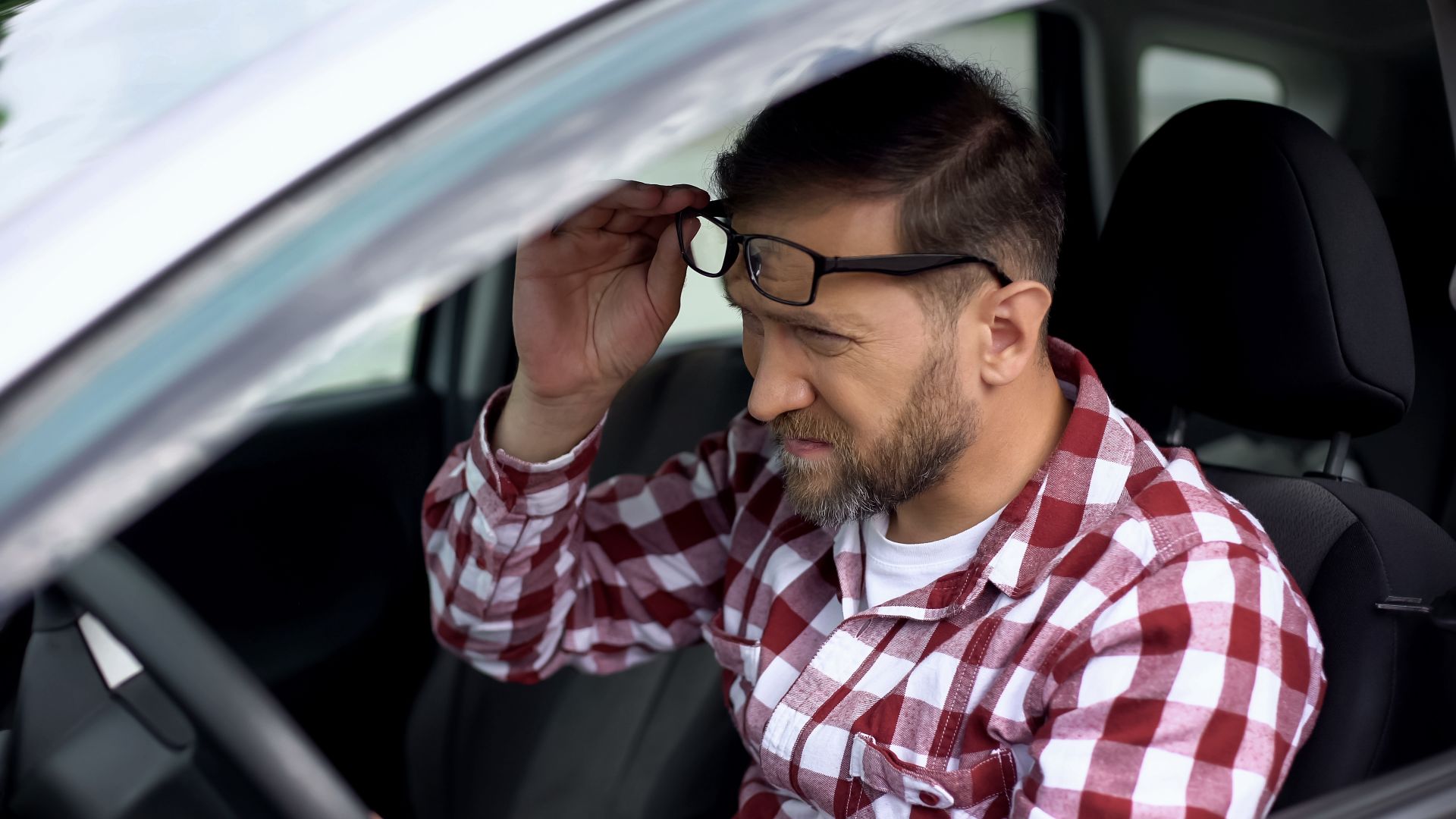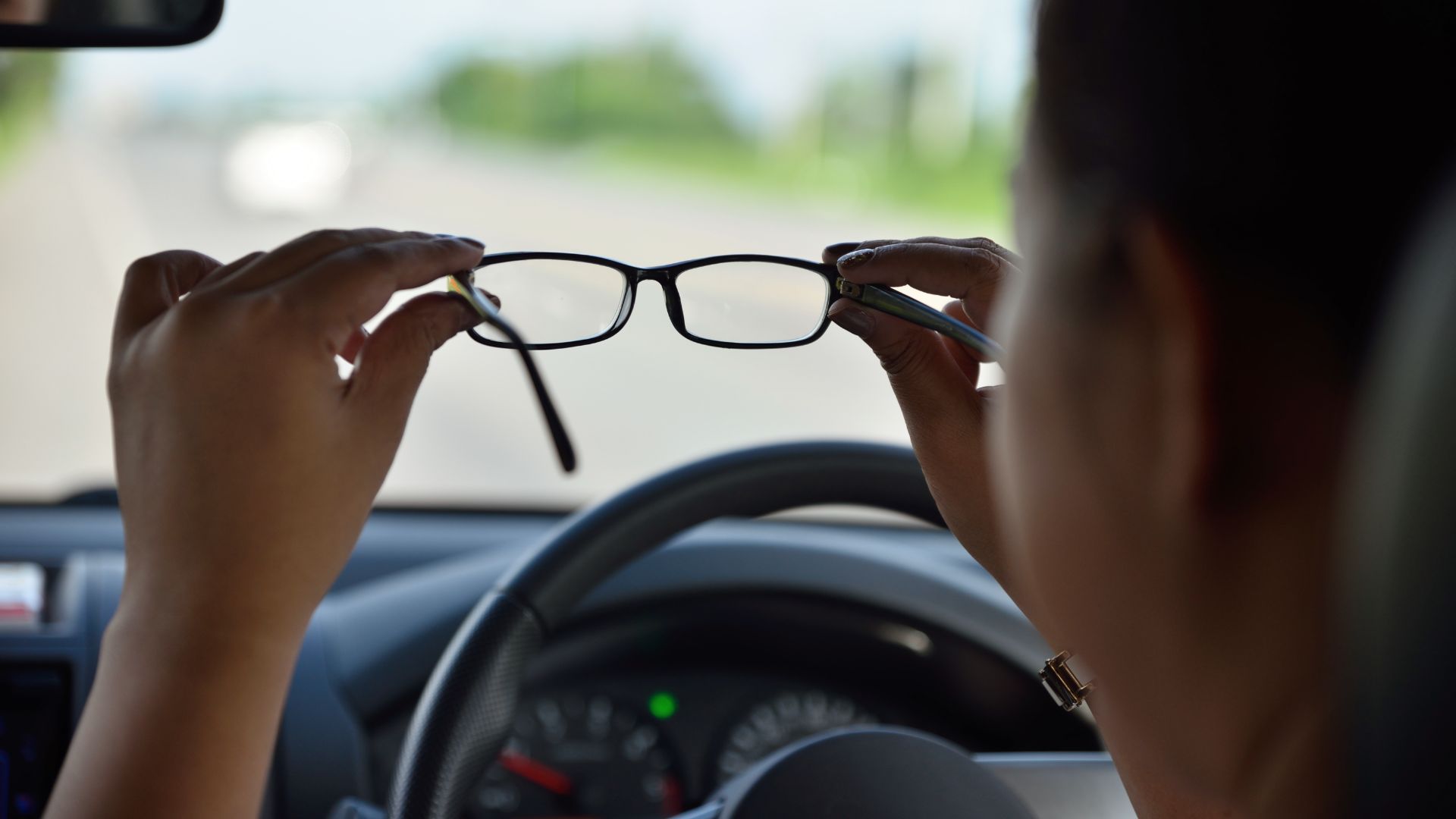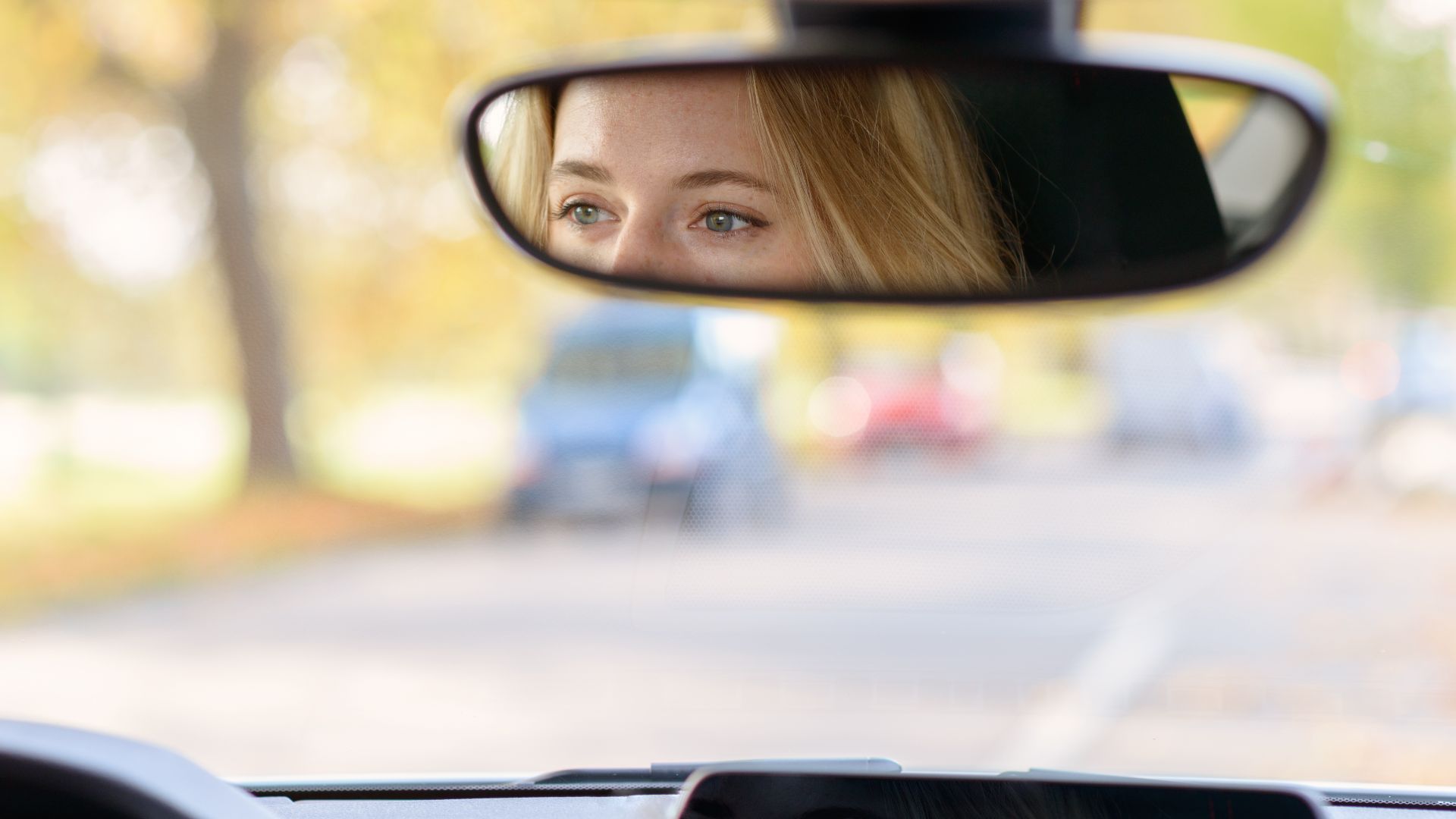
New research has uncovered the worrying eyesight of Britain’s drivers. More than a fifth (21 percent) say road signs appear blurry when driving.
The research, by specialist eye hospital group Optegra, also revealed that 27 percent find it hard to see when driving at night. That may sound obvious, but our ability to deal with varying levels of light, such as when cars and streetlights pass through our field of vision, is vitally important. Four in 10 said they experience distracting levels of glare from other cars’ lights in the dark.
In addition, 28 percent of the drivers admitted they wished they could see better when driving. And 17 percent said they did not feel safe driving because of the quality of their eyesight.
Short-sighted youth

Interestingly, it’s a major issue with young drivers. One in five British drivers had to buy glasses or contact lenses in order to pass their test.
Incredibly, as many as 44 percent of 16-24 year-olds say road signs appear blurry. Over half said they are majorly affected by light glare at night – and 39 percent said they don’t feel safe driving because of their eyesight.
“This concerning data really worries me – that so many drivers are citing problems with their vision when driving,” said Optegra eye surgeon, Shafiq Rehman.
“It is so, so vital that all drivers see well. As we have heard in the news recently, accidents can so easily happen”.
What are the DVLA ‘standards of vision for driving’?

As quoted directly from the DVLA site, ‘you must be able to read (with glasses or contact lenses, if necessary) a car number plate made after 1 September 2001 from 20 metres’.
‘You must also meet the minimum eyesight standard for driving by having a visual acuity of at least decimal 0.5 (6/12) measured on the Snellen scale (with glasses or contact lenses, if necessary) using both eyes together or, if you have sight in one eye only, in that eye.
‘You must also have an adequate field of vision – your optician can tell you about this and do a test.
‘At the start of your practical driving test you have to correctly read a number plate on a parked vehicle. If you can’t, you’ll fail your driving test and the test won’t continue. The DVLA will be told and your licence will be revoked.’